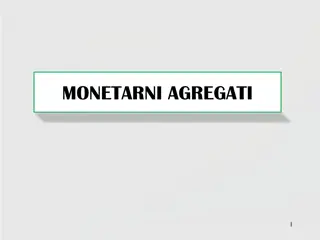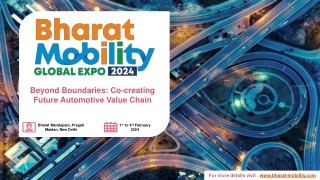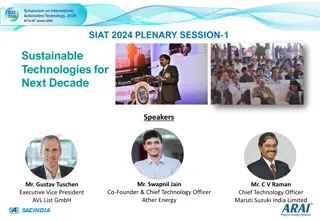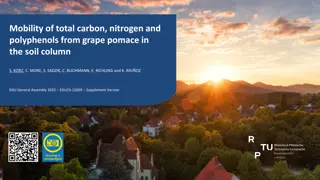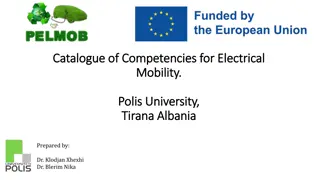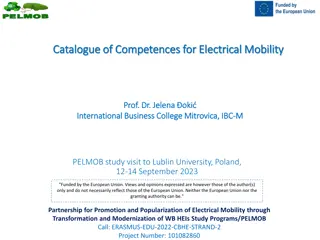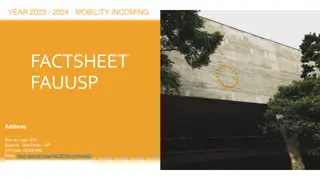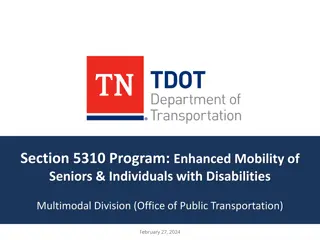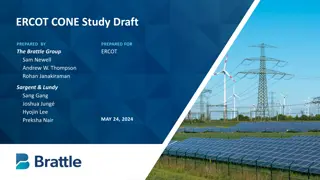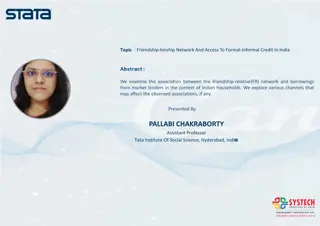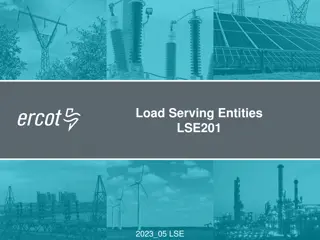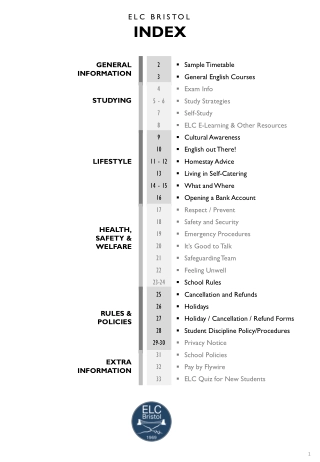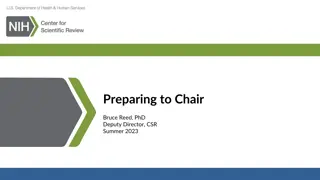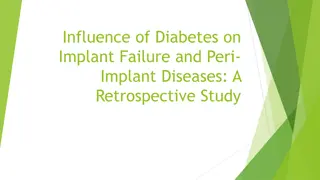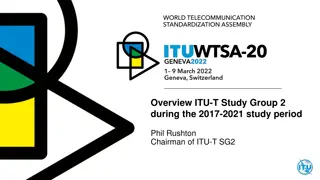E-Mobility and Market Study in Bosnia and Herzegovina
This study explores the current institutional framework, road traffic models, electrification possibilities, financing options, and policy recommendations for e-mobility in Bosnia and Herzegovina. It highlights the lack of specific laws to align with EU directives, touches on existing policies and planning documents, and presents scenario analyses for the vehicle fleet structure and energy consumption by 2050.
Download Presentation
Please find below an Image/Link to download the presentation.
The content on the website is provided AS IS for your information and personal use only. It may not be sold, licensed, or shared on other websites without obtaining consent from the author. Download presentation by click this link. If you encounter any issues during the download, it is possible that the publisher has removed the file from their server.
Presentation Transcript
E E- -mobility and Market Study mobility and Market Study in Bosnia and Herzegovina in Bosnia and Herzegovina
Review of the existing institutional framework in the non-technical aspects of e-mobility Road traffic model in Bosnia and Herzegovina by 2050 Possibilities for electrification of the fleet in BiH Financing options for e-mobility Recommendations on necessary policy measures
Review of the existing institutional framework in Review of the existing institutional framework in the non the non- -technical aspects of e technical aspects of e- -mobility To date, no specific laws have been adopted to transpose the requirements of Directive 2014/94/EU on the deployment of alternative fuels infrastructure and create legal preconditions for defining the starting framework of measures for market development with regard to alternative fuels in the transport sector and the development of appropriate infrastructure. Policies and planning documents adopted at the level of BiH and entity and cantonal laws (with the exception of electricity in the RS and BD) only touch on a certain aspect of e-mobility and there is no systemic and harmonized legal regulation that would be appropriate to the development and introduction of e-mobility in Bosnia and Herzegovina. mobility Framework transport policy of Bosnia and Herzegovina for the period of 2015-2030 Framework energy strategy of Bosnia and Herzegovina until 2035. However Energy Efficiency Action Plan in Bosnia and Herzegovina Renewable Energy Sources (RES) Action Plan in Bosnia and Herzegovina
Road traffic model in Bosnia and Herzegovina by Road traffic model in Bosnia and Herzegovina by 2050 2050 Scenario analysis of the vehicle fleet structure, energy consumption, CO2 emissions, and load diagrams of the power system due to charging of electric vehicles LEAP (Long-Range Energy Alternatives Planning System) software tool Two scenarios have been developed: Reference scenario (BAU) E-mobility scenario The modeling was done using the "Stock turnover" method, which assumed the structure of newly registered vehicles in a given year (according to energy sources and vehicle categories)
The modeling results for the The modeling results for the E E- -mobility mobility scenario scenario Projections of the total vehicle fleet by categories.
The modeling results for the The modeling results for the E E- -mobility mobility scenario scenario
The modeling results for the The modeling results for the E E- -mobility mobility scenario scenario
The modeling results for the The modeling results for the E E- -mobility mobility scenario scenario
Possibilities for electrification of the fleet in BiH Possibilities for electrification of the fleet in BiH Identifying possibilities for the electrification of the BiH fleet: o Viewed data from the model and compared with trends in the countries of the European Union o Passenger cars make up the largest share of electric vehicles in the total vehicle fleet o Highly educated, well-to-do people between the ages of 35 and 54 are most likely to choose an electric car for their first vehicle or to replace their conventional vehicle with an electric passenger car for their next purchase o Development of the network of filling stations Electrification of freight traffic o Significant savings in energy consumption, as well as a significant reduction in CO2 emissions considering the large average mileage that vehicles travel, as well as the fact that 92% of vehicles in this category use diesel fuel as a drive. o The assumption that by 2030 the share of electric vehicles in the total number of vehicles from the N1 category will be between 5 and 10%, while by 2050 it will reach 45% Electrification of the public passenger transport fleet o Large annual mileage concentrated in city centers o Significant reduction of CO2 emissions, reduction of energy consumption in the form of fossil fuels, improvement of air quality in city centers, reduction of noise levels and general improvement of the quality of life of the population in the city o It is estimated that the share of electric buses in the total number in BiH will be 64%
Financing Financing options options for for e e- -mobility mobility There is a need to establish certain incentive mechanisms (due to the relatively high cost of electric vehicles). Fiscal instruments (customs and taxes) Financing of e-mobility can be divided into several phases: Ecological taxes and charges in Bosnia and Herzegovina o Phase 1 (short term) which represents the period of the next few years during which the prerequisites for the development of e-mobility in BiH should be created. Grants International financial institutions o Phase 2 (medium term) which represents the period during which e-mobility will gain significant momentum globally and during which e-mobility will become "almost" cost competitive. Public and private companies o Phase 3 (long term) when e-mobility becomes a competitive activity compared to conventional mobility.
Recommendations on necessary policy measures Recommendations on necessary policy measures Construction and Spatial Planning Law Spatial Planning Law Law on the Promotion of Clean and Energy-Efficient Vehicles in Transport - based on Directive 2019/1161 Law on the Establishment of Infrastructure for Alternative Fuels - DIRECTIVE 2014/94/EU National Policy Framework for the Establishment of Infrastructure and Development of the Market for Alternative Fuels in Transport - DIRECTIVE 2014/94/EU Regulation on unit fees, corrective coefficients, and closer criteria and standards for determining a special environmental fee on motor vehicles Law on Air Protection in the Federation of Bosnia and Herzegovina, Law on Environmental Protection in Republika Srpska Law on Road Traffic Safety in Bosnia and Herzegovina
Institutions responsible for establishing a legal Institutions responsible for establishing a legal framework in the field of e framework in the field of e- -mobility. State, entity, and cantonal ministries of communication and transportation mobility. Entity and cantonal ministries of spatial planning, municipal/city urban planning services Entity ministries of energy Fund for Environmental Protection of FBiH, Fund for Environmental Protection and Energy Efficiency of RS Government of FBiH, Government of RS, Government of BD FERK - Regulatory Commission for Energy in FBiH, RERS - Regulatory Commission for Energy in RS Electric power companies Distribution system operators Indirect Taxation Administration of BiH Entity and cantonal ministries of internal affairs JP Autoceste FBiH, JP Autoputevi RS
Thank you for your attention! Arnesa Bor ak UNDP, Project Manager




